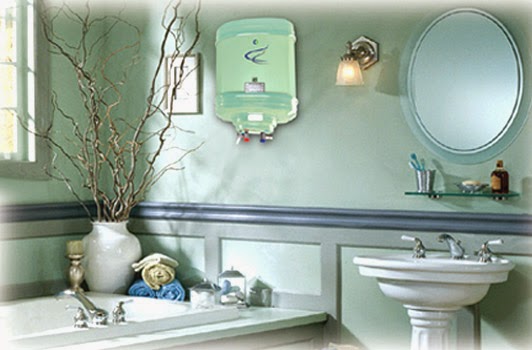Hey Friends, last month I had found something in a research
on types of Air Conditioners available in the market. And I found something for
you. Here I am sharing all my knowledge on ACs.
There are many types of air conditioners available in the
market like window AC, central AC, ductless, split, portable, and unitary and
PTAC. You will be getting confused easily with so much of options. All these
are different in working and terminology. Each one has different installation
methods, energy rating, maintenance, advantages and guidelines. Here are 5 top
most things you have to remember about the air conditioners.
 |
| Air Conditioners in Home |
Types of AC:
 |
| Window AC |
Window air conditioner is the most popular AC and can fit
easily most windows with some support. Another one is portable AC that can be
used anywhere in the house or office to cool specific portion. They do not need
permanent installation. They support central HVAC system (Heating, Ventilating,
and Air Conditioner). Built-in air conditioners are best for permanent
operations. They are versatile with both air operations.
Ductless or Split AC is known as PTAC, technically. They are
majorly used in offices, hotels and apartments. A split AC is divided into 2
units – first is an exterior condensing unit and second is an interior
evaporative unit, connecting with a tube passing through the wall. Central air
conditioners are basically designed for homes as they have noise free
operations with high performance.
Cooling Capacity:
Cooling Capacity of every
AC depends on its size. The AC size depends on the size of the room. An air
conditioner that is small for a room would not cool the area properly, while another
one that is too big will make the room over cold and sticky. AC Cooling
capacity is measured in BTU (British Thermal Units). Measure your room in
square feet and use a BTU calculator to determine the ideal thermal units for
your room. Stuffed rooms, sunlight and high ceilings can increase the BTU need
for your space.
Energy Efficient:
While all types of ACs have more or less the similar
functioning and purpose, energy savings can vary from model to model. Energy
Star Rating and EER number determine an AC’s energy efficiency. If you want an
AC that consumes less energy and gives better energy output, look for the AC
with energy star rating. EER number is a measurement of the BTUs an air
conditioner consumes for each watt of power. So the higher the Energy
Efficiency Ratio number, the most energy efficiency you get from an air
conditioner.
Electricity
Requirements:
Check ACs specifications for the electrical equipments and
be assured your system meets its needs. You will require analyzing the amperage
available, voltage requirements as well as assure that the outlet is within the
reach of the cord. Room ACs generally work on 115 V, 125 V or 220 V circuits.
Air conditioners with cooling capacity below 15,000 BTUs work on 115 V to 125
volt circuits. Air Conditioners with cooling capacity above 15,000 BTUs work on
the 220 V circuits. You might require to get special wiring if the current
system does not meet the AC’s requirements.
Installation &
Maintenance:
Window Ac is very simple to install and remove. In Portable
AC, no permanent installation required. They can be mounted on casters and move
easily any time. Built-in ACs are more complex to install and remove.
You must follow some steps to maintain your AC periodically.
For window AC, a foam weather strip requires to be installed around the system.
If you don’t want to use your AC during winter season, store it away. Through
cleaning is must on an annual basis. These were the top things you need to know
about the AC system. However, if you are planning to buy an AC, consider all
above mention things. I think it will be helpful for you.




